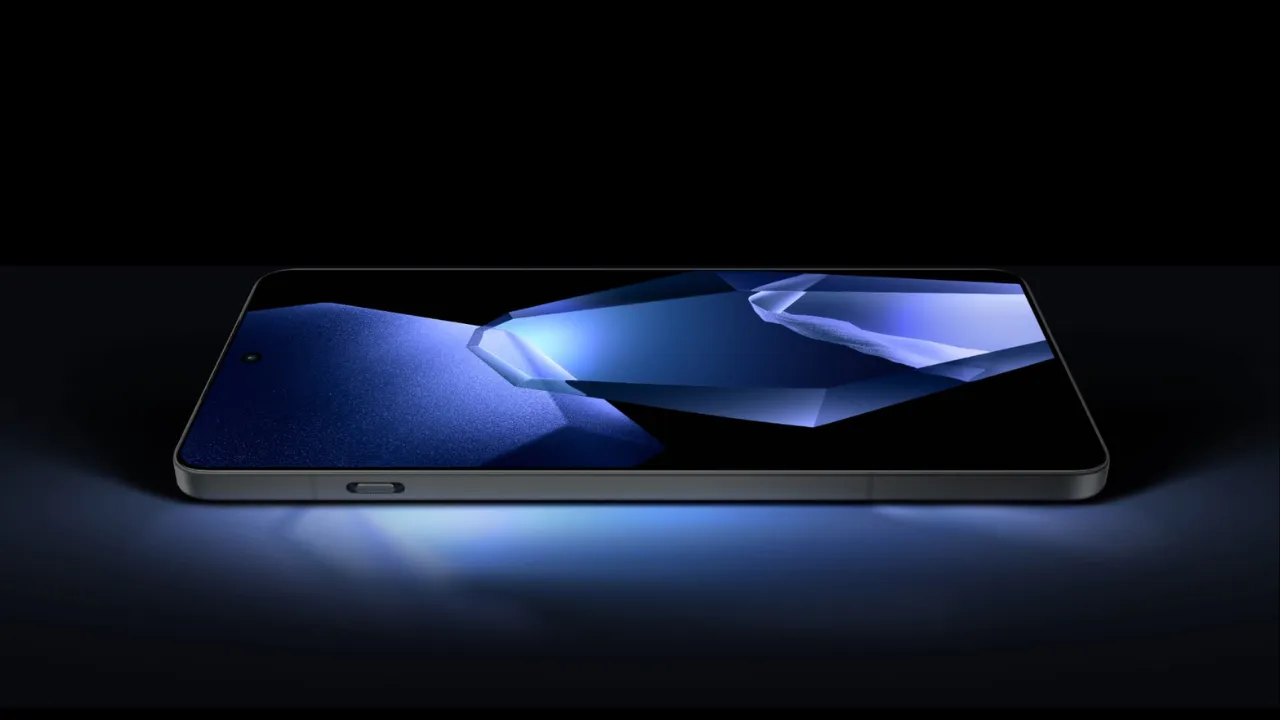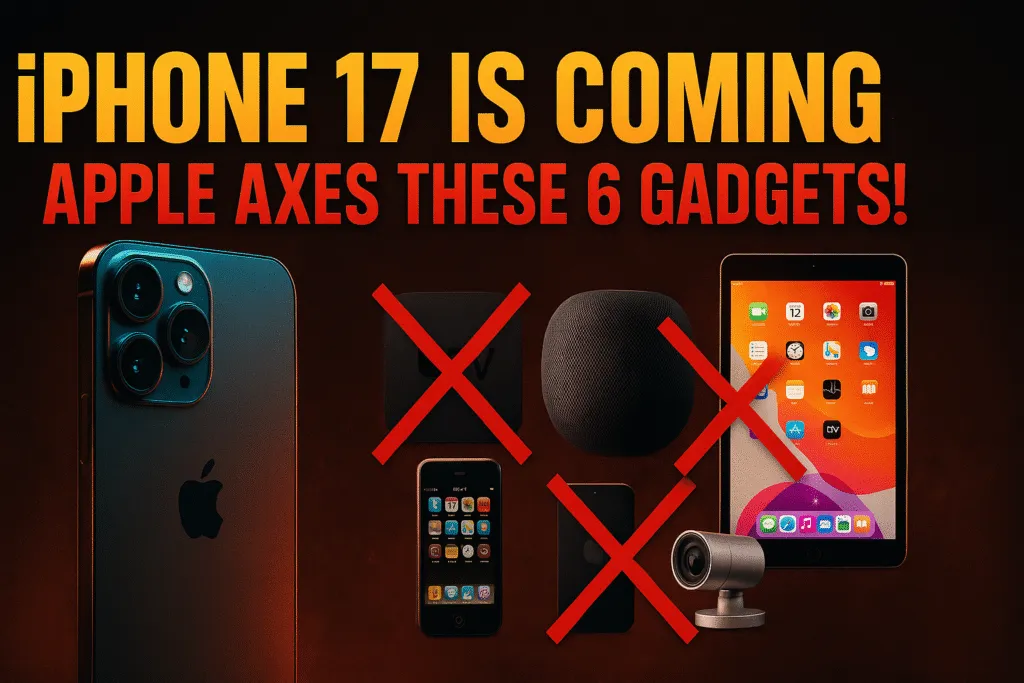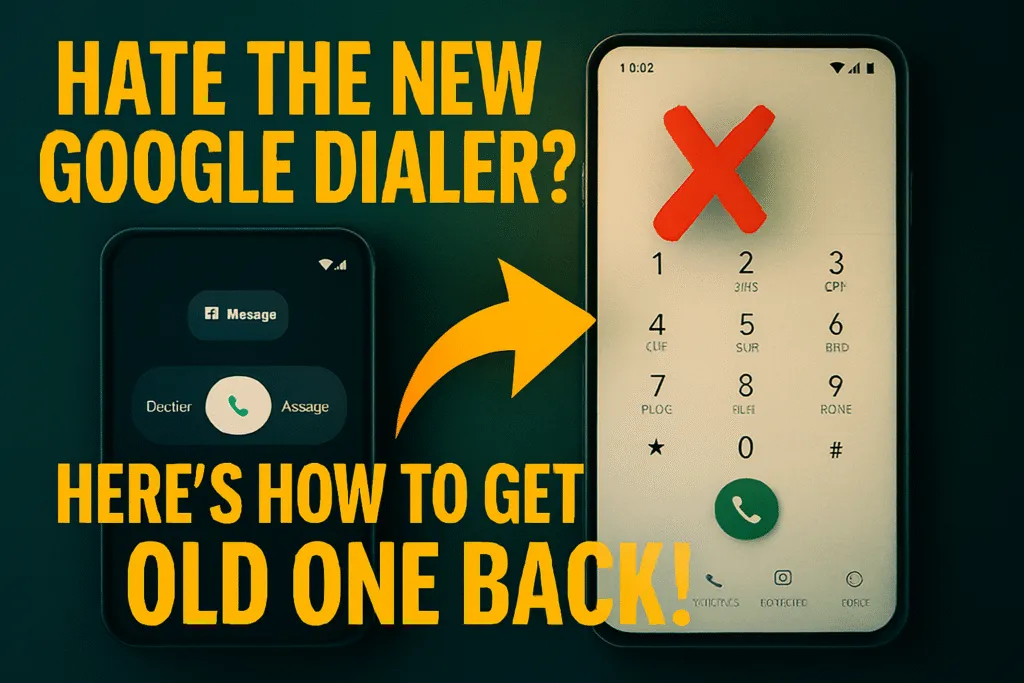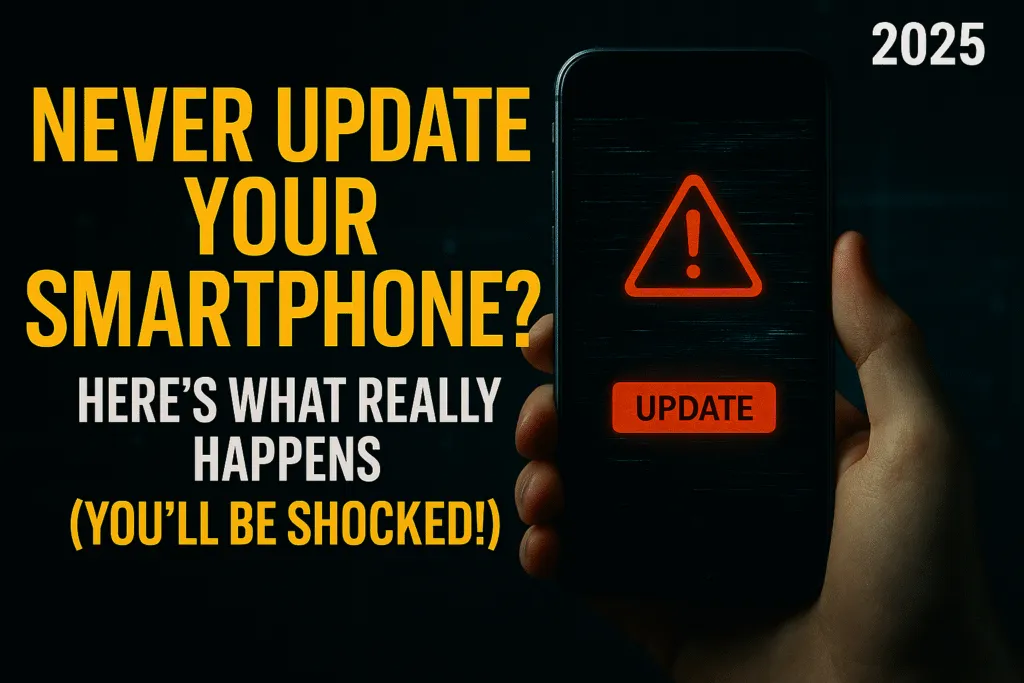iPhone 17 Air production reduced by 80% due to poor sales — what happened and what it means
Apple’s latest lightweight experiment, the iPhone 17 Air, has reportedly seen a dramatic pullback in factory orders: suppliers and analysts say production is being slashed by roughly 80% after an underwhelming market response. That’s a sharp turn for a product Apple expected to position as a mainstream, design-driven alternative in the iPhone 17 lineup. Here’s a clear, up-to-date look at the facts, why sales appear weak, and what this could mean for buyers and Apple’s supply chain.
Quick summary: the hard facts about iPhone 17 Air production cuts
- Multiple supply-chain reports dated Oct 22–24, 2025 say Apple has instructed suppliers to drastically lower iPhone 17 Air production, with orders falling to a fraction of earlier plans — commonly reported as an ~80% reduction.
- Analyst notes and surveys indicate consumer interest for the iPhone Air is much lower than Apple expected; some investor surveys called demand “virtually nonexistent.” Apple has not issued an official statement confirming the exact production numbers.
- At the same time, Apple appears to be shifting capacity toward more popular models in the iPhone 17 family (standard iPhone 17 and Pro variants), which are reportedly selling better.
Why the iPhone 17 Air stumbled
Design-first but feature-light — a mismatch for many buyers
The iPhone 17 Air was promoted as Apple’s thinnest, lightest handset — a design showcase. But many buyers prioritize battery life, camera performance, and core features over ultra-thin profiles. Early reviews and retail feedback suggest consumers perceived the Air as trading away practical features for slimness. That trade-off appears to have reduced its appeal.
Pricing and product positioning confusion
Apple’s lineup this year blurred the lines between base and Pro models: the standard iPhone 17 gained features that used to be Pro-exclusive, narrowing the reason to choose a niche Air model. When price, features, and perceived value don’t align clearly, shoppers tend to pick the model that feels like the safest long-term choice — often the standard or Pro. Surveys suggest buyers favored the standard iPhone 17 instead.
Regional variability and eSIM / market dynamics
Reports show reception for the Air has been especially soft in some markets (China cited in recent coverage). Regulatory and eSIM rollout differences also impacted simultaneous launches and demand in specific regions — timing and availability matter during a new model rollout.
How reliable are these reports?
Not all coverage means the product is doomed. Early production tweaks are routine in Apple’s supply chain; AppleInsider and others remind readers that short-term adjustments happen every release cycle. Still, multiple independent supply-chain sources and recognized analysts (cited in recent articles between Oct 22–24, 2025) converging on a large reduction makes this more than a minor logistics tweak. Apple itself has not publicly confirmed the exact percentage cuts. Treat these as well-sourced industry reports rather than a formal corporate admission.
What this means for consumers
If you wanted an iPhone 17 Air — should you buy now?
If you like the Air’s form factor, retailers may discount remaining stock to clear inventory; that can be an opportunity. However, warranty service, replacement parts availability, and long-term resale value could be affected if Apple phases out the model faster than normal. If you want long software support and higher resale value, the standard iPhone 17 or the Pro models remain safer choices.
If you’re considering an iPhone 17 purchase but undecided on model
Given Apple’s apparent reallocation of production toward the iPhone 17 and Pro models, those are likely easier to find and may represent better long-term support. For shoppers, compare battery life, camera specs, and the features you actually use daily — the thinnest phone isn’t always the most practical for heavy users.
What it means for Apple and suppliers
Short-term: cost and logistics reshuffle
Reducing iPhone 17 Air production by such a margin forces suppliers to shift lines, reassign components, and manage excess inventory. That can temporarily raise per-unit costs for suppliers and reduce margins. For Apple, moving capacity to higher-demand models is a pragmatic way to protect overall sales and margins.
Long-term: product strategy lessons
This episode highlights the risk of introducing narrowly differentiated models in an already crowded lineup. Apple may take away that industrial design innovations must be paired with clear, compelling user value. Expect internal reviews and cautious planning for any future “Air” style models. Analysts will watch whether Apple relaunches the concept with different specs or quietly retires it.
Bottom line
The iPhone 17 Air production cut is a significant signal: multiple supply-chain reports from Oct 22–24, 2025 point to an approximate 80% reduction in planned volume because demand fell short of expectations. While Apple hasn’t issued a formal number, the convergence of reputable industry reporting and analyst commentary makes the core story clear — the Air underperformed relative to other iPhone 17 models. For shoppers, that can mean bargains now but potential service and support trade-offs later. For Apple, it’s a reminder that design-led experiments still need a strong, easily understood value proposition to win mass adoption.
Also Read: Piyush Pandey’s Ad Made Chocolate ‘Adult’ in India!




































